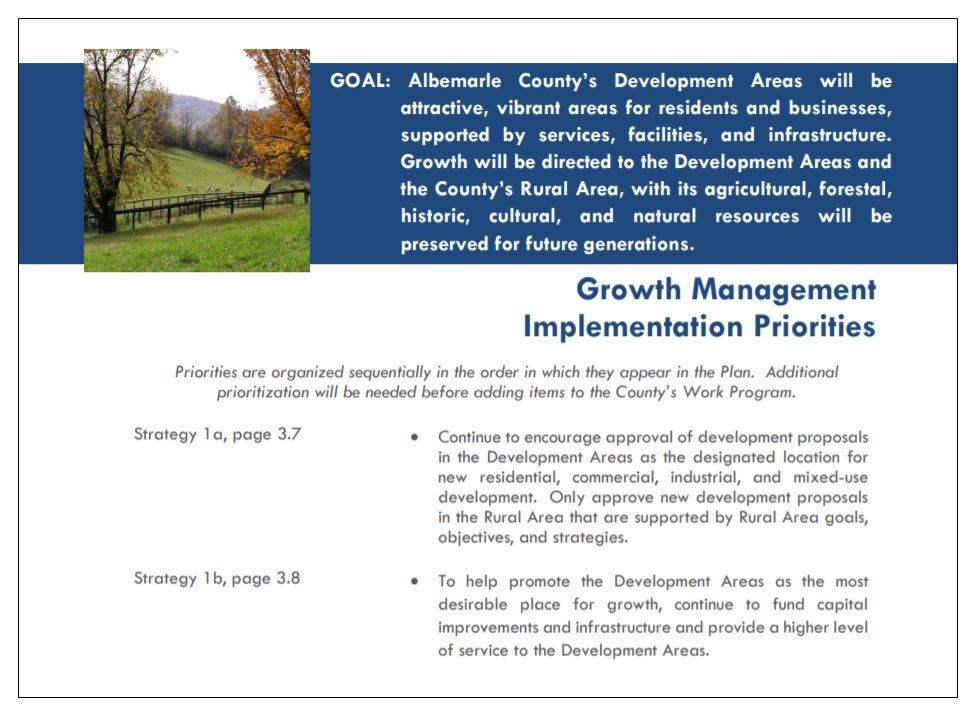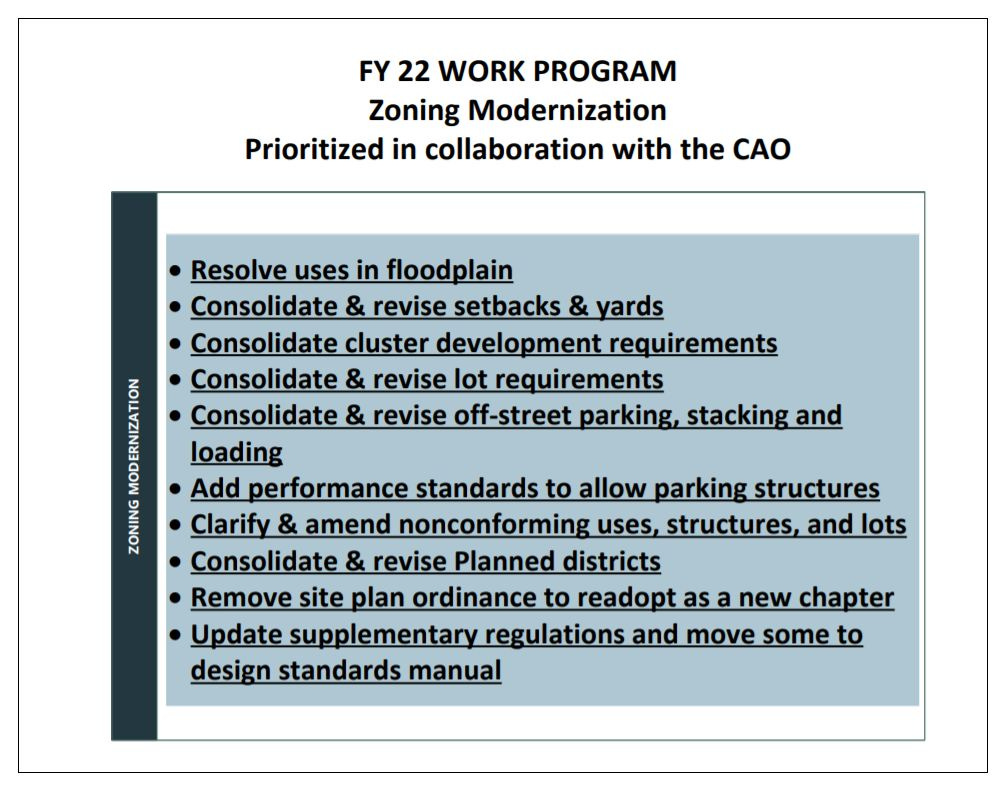After today, there are four more Saturdays left in the year 2021. After December 31, there will be only 78 more years in the 21st Century. This perspective brought to you by Charlottesville Community Engagement, a regularly-produced look at happening in and around Charlottesville. I’m Sean Tubbs, the host and producer.
On today’s show:
The Albemarle County Planning Commission gets a look at Comprehensive Plan underway
The Central Virginia Regional Housing Partnership takes a look at affordable housing challenges in rural areas
Area airports will get money from the recent federal infrastructure funding bill
Daily Progress-owner Lee Enterprises invokes protections against Alden Global Capital’s takeover attempt
Let’s begin with a Patreon-fueled shout-out.
Colder temperatures are creeping in, and now is the perfect time to think about keeping your family warm through the holidays. Make sure you are getting the most out of your home with help from your local energy nonprofit, LEAP. LEAP wants you and yours to keep comfortable all year round, and offers FREE home weatherization to income- and age-qualifying residents. If you’re age 60 or older, or have an annual household income of less than $74,950, you may qualify for a free energy assessment and home energy improvements such as insulation and air sealing. Sign up today to lower your energy bills, increase comfort, and reduce energy waste at home!
Lee response
The parent company of the Daily Progress appears to want to reject a takeover by the Alden Capital Group. Lee Enterprises issued a press release on Wednesday with the headline Board Takes Action in Response to Alden’s Unsolicited Proposal to Acquire Lee. Specifically, the Iowa-based company’s Board of Directors have initiated a limited-duration shareholder rights plan that issues existing shareholders additional rights in the case of a hostile takeover.
“In adopting the Rights Plan, the Board noted Alden’s track record of rapidly acquiring substantial control or ‘negative control’ positions in other public companies and its seemingly inconsistent disclosures,” reads the press release.
Alden Capital Group asserts they own six percent of the Lee’s shares. Shareholder rights plans are also known as “poison pills” and have been used since the 1980’s to ward off corporate takeovers. Read more about this topic in an article on Editor and Publisher. (learn more on Wikipedia)
Airport investment
The recently adopted Infrastructure Investment and Jobs Act provides $15 billion for airports across the nation. Virginia airports will receive nearly $400 million of that amount, according to a press release from Senators Tim Kaine and Mark Warner.
The Charlottesville-Albemarle Airport will receive $15.44 million and Freeman Field in Louisa County will get $790,000. The airport in Orange County will also receive $790,000. Elsewhere in Virginia, Dulles International will get $120.4 million, Richmond International will get $35.6 million, and Roanoke-Blacksburg Regional will get $14.97 million. Lynchburg will get nearly $6.5 million and Culpeper Regional $1.48 million.
I’ll have more information about how Charlottesville-Albemarle Airport will use their funding in an upcoming edition of Charlottesville Community Engagement.
Albemarle PC comp plan update
The review of the Albemarle County Comprehensive Plan is underway, with a lot of behind-the-scenes work by staff before a public kickoff begins in January. The Albemarle Planning Commission got a update on the process at their meeting on November 16. Here’s Tori Kannellopolous, a senior planner with the county, with a reminder of the plan’s purpose.
“The Comprehensive Plan, or comp plan, establishes Albemarle County’s long-range vision that guides growth, development, and change for the next 20 years,” Kannellopolous said. “It assists county staff, appointed committees and boards, and the Board of Supervisor when developing public policies related to private land use activities and use of resources in Albemarle.”
For the past forty years, the major theme of the county’s comp plan has been growth management. Roughly five percent of land in Albemarle is designated for urban development including more dense residential areas and commercial activities. The rest is considered rural.
This time around, Supervisors have directed staff to update the zoning ordinance while reviewing the overall Comprehensive Plan. The process formally got underway when Supervisors adopted a resolution on November 3. (Albemarle Supervisors Kickoff Comprehensive Review)
One of the intents of this review is to streamline much of the content of the plan, which is currently 406 pages. That number doesn’t include the various appendices. (read the current plan)
“For example, the existing implementation chapter includes 70 priorities,” Kannellopolous said. “There is not a clear prioritization of these items and the order in which they should be completed. The chapter includes 80 indicators of progress that are intended to be tracked annually but tracking this data is unsustainable and the sheer number of indicators make it unclear for community members to understand what success looks like.”

This review also provides an opportunity to integrate the various strategies of more recent plans, such as Housing Albemarle, Project Enable, and the Climate Action Plan. In all, there will be four phases, with the first being a review of the growth management policy.
“This includes reviewing, evaluating, and updating the growth management policy as needed using the lenses of equity, climate action, and capacity projections,” Kannellopolous said. “A capacity analysis for housing and economic development in the county is currently underway and this is to understand if we have the capacity in our development areas for the projected growth of our community.”
Phase two will identify topics that will be updated in the comprehensive plan, likely related to transportation and economic development. The county will create its first multimodal systems plan as well. Phase three will review the actions the county will take in the form of written strategies. Phase four will be the finalization of the new plan.
“We will focus our efforts on identifying and eliminating plan inconsistencies across content and we will engage the community and decision-makers on overall plan priorities once all of the content is considered as a whole,” Kannellopolous said.
State code assigns the job of preparing and recommending the Comprehensive Plan to each locality’s Planning Commission. Supervisors have approved a process that includes a working group of stakeholders to guide the process. Rachel Falkenstein is a planning manager in Albemarle.
“The working group is approximately an eight to twelve person group of community members whose role would be to advise county staff on plan recommendations, community engagement approaches, and to support staff’s community outreach efforts by sharing information with their networks, their neighborhoods, or their communities,” Falkenstein said.
The group members have not yet been selected.
“We are going back to the Board of Supervisors with information sharing about the selection process at an upcoming Board meeting in December,” Falkenstein said.
Broad community engagement will come in the form of workshops on the plan. The Planning Commission and the Board of Supervisors will play a role in decisions about changes to Albemarle policies.
Planning Commission Chair Julian Bivins noted that the Commission’s input will come later in a process that has already begun. He said he wants the Commission to meet with Supervisors.
“So that we can hear each other and discuss these discussions before we get to an endpoint,” Bivins said.
The review of the zoning code will happen concurrently and is currently underway. Charles Rapp is the county’s Planning Director.
“We have a first phase right now and it’s called modernization,” Rapp said. “Two of those have been brought to you through a resolution of intent that deal with bonus densities and wavers and special exceptions.”
The Supervisors will hold a public hearing on special exceptions at their meeting on December 1. (staff report)
Rapp said another change will be to streamline the list of land use categories.
“I believe our current chart is something like 16 pages long right now with very specific uses and we want to try to tailor that back to something more reasonable,” Rapp said. “We also want to take a look at our setbacks. Our setbacks are quite complicated to figure out with multiple different ways within each zoning classification and we want to try and improve that and make it a little more clear for people applying our zoning ordinance.”
If you’re interested in learning more about how Albemarle’s Community Development Department works, take at the department’s work program in the consent agenda for the December 1 meeting.

You’re reading Charlottesville Community Engagement. Let’s have another Patreon-fueled shout-out:
Charlottesville 350 is the local chapter of a national organization that seeks to reduce dependence on fossil fuels. Charlottesville 350 uses online campaigns, grassroots organizing, and mass public actions to oppose new coal, oil and gas projects, and build 100% clean energy solutions that work for all. To learn more about their most active campaigns, including a petition drive to the Richmond Federal Reserve Bank, visit their Facebook page at facebook.com/cville350
Rural housing challenges
Much of the conversation about the cost of housing has centered on building units in urbanized areas. But what role can non-urbanized areas play? The Central Virginia Regional Housing Partnership led a panel discussion on November 16 to discuss the challenges. One of the biggest is money. (watch the event)
“When you talk about funding for affordable housing, you think of urban,” said Colleen Fisher, the executive director of the Council for Affordable and Rural Housing.
In fact, the main federal agency most people associate with the topic is called the U.S. Department of Housing and Urban Development. Fisher reminded the audience that the U.S. Department of Agriculture also offers federal support through their Rural Housing Service, but the program isn’t funded at high levels.
One step localities can take is an assessment of what’s currently in the rural area.
“We need ample resources to preserve our dedicated affordable housing stock in rural Virginia,” said Jonathan Knopf, the senior research associate for Housing Forward Virginia. “We have a lot of low-income housing tax credit properties that were the first and generation LIHTC properties. And a lot of that stuff is reaching the end of their affordability terms and so we need resources for housing providers to come in and lock in the affordability of that assisted multifamily stock.”
Those credits are issued by the Virginia Housing Development Authority. Knopf said one challenge for rural areas is competition for those credits from urban areas.
“It’s tough to break from this either-or resource conversation and I think we need to move to a both-and framework for housing resources across the Commonwealth so our rural rent relief programs don’t get left behind,” Knopf said.
Taking inventory
Greene County has 146 LIHTC units at four properties. Louisa has 115 units in three developments. Nelson has 159 units in three properties. Albemarle has 1,089 units, most of which are in the urban area around Charlottesville except 34 units reserved for seniors in Scottsville.
There are currently no LIHTC properties in Fluvanna. .
Jesse Rutherford is a member of the Nelson County Board of Supervisors. He says the cost of housing used to be affordable in rural communities, but what he calls overregulation in land use and building codes in the past few decades is a problem.
“You can’t add regulation and expect it to get cheaper,” Rutherford said. “In the last 15, 20, 25 years we’ve seen the collapse of affordable housing in the rural area. I think there’s definitely some low-hanging fruit as it relates to zoning form or some certain by-right density. As we know in the urban context, same as the rural, you can’t use the word affordable without density following it.”
Rutherford wants zoning ordinances to be altered to reduce setbacks, which he said renders land unusable for more housing units.

Knopf said the cost of labor and building materials is drastically increasing the cost of housing and some form of subsidization is required. He said a balance of tools can be used to produce more units and preserve existing ones.
“We don’t need rocket science or fancy things to solve so many of these issues,” Knopf said. “In many cases it’s just dedicating the right funding and fixing our existing policies and regulations especially zoning and a lot of things Jesse talked about to make things work. And try to get the economic side and the supply-chain side and the labor market side at least moving in the right direction to correct some of the paths we’ve been on in the past couple of decades.”
Fisher said members of her organization report construction costs keep rising.
“Just because we’re in a rural area doesn’t mean that things are cheaper and some people have that opinion because you’re building in a rural community that it’s going to cost you less,” Fisher said. “That’s not necessarily true.”
One factor is labor. Keith Smith is the chair of the Central Virginia Regional Housing Partnership. He cited one statistic from the Bureau of Labor Statistics reviewed by the National Association of Home Builders. (via HousingWire)
“According to national data, we are anywhere between 300,000 to 400,000 thousand construction workers short per month,” Smith said. “We’re going to recover from the material costs. I’ve been building developments for three and a half decades. This goes up and down. It’s going to take many, many decades to work through the labor force.”
To review the rest of the event, you can watch the whole thing on the Thomas Jefferson Planning District Commission’s YouTube page. Leave a comment either there or here to weigh in.
Special announcement of a continuing promo with Ting! Are you interested in fast internet? Visit this site and enter your address to see if you can get service through Ting. If you decide to proceed to make the switch, you’ll get:
Free installation
Second month of Ting service for free
A $75 gift card to the Downtown Mall
Additionally, Ting will match your Substack subscription to support Town Crier Productions, the company that produces this newsletter and other community offerings. So, your $5 a month subscription yields $5 for TCP. Your $50 a year subscription yields $50 for TCP! The same goes for a $200 a year subscription! All goes to cover the costs of getting this newsletter out as often as possible. Learn more here!















Share this post